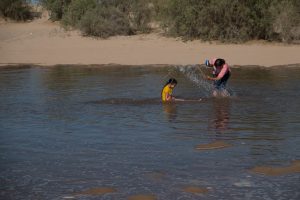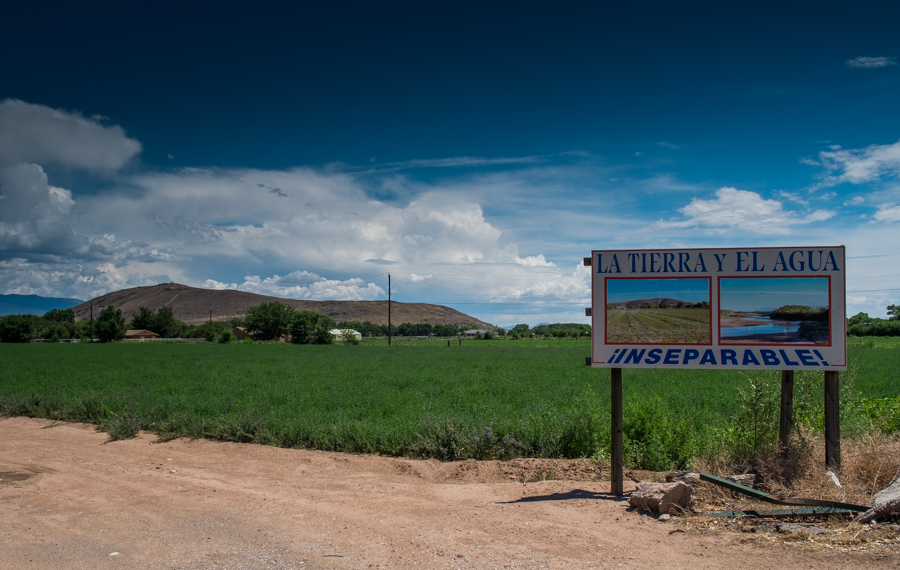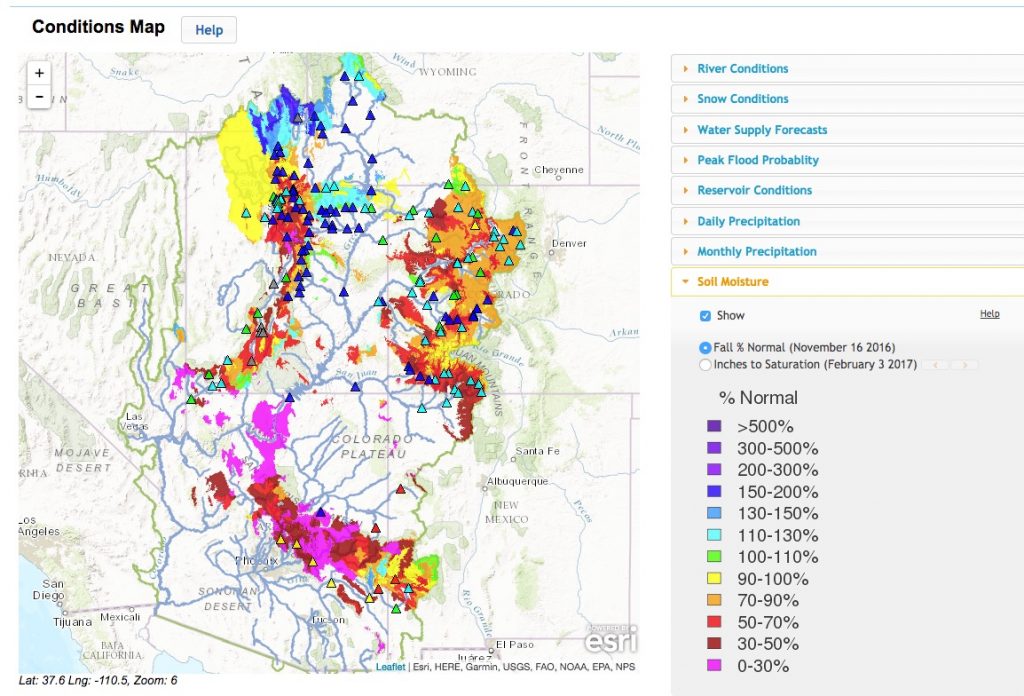
Water in the Río Colorado
Rhea Graham, a savvy veteran of western water governance, made an interesting observation about my book over on Goodreads:
One of the few thoughtful discussions of the Lower Colorado River international boundary, it unwittingly becomes context for the reset of USA-Mexico relations begun in 2017.
I spend a good deal of time in Water is For Fighting Over and Other Myths on the evolution of the relationship between the United States and Mexico in the two nations’ joint management (or, in many cases, mismanagement) of the Colorado River.
The stories of mismanagement and conflict include the time in the 1950s and ’60s when the United States sent water across the border so contaminated that it was largely unusable:
The United States government, straight-faced, advanced a boldly cynical argument. The 1944 treaty between the two nations required that the United States deliver 1.5 million acre-feet of Colorado River water per year to Mexico. The treaty said nothing about the quality of that water. Usable or not, the salty Wellton-Mohawk water met our water-delivery obligation.
This did not sit well with farmers and cities in Mexico, as the Wellton-Mohawk drainage water was strangling Mexican crops and leaving municipal water taken from the Colorado River south of the border undrinkable. The Mexicans complained, and by the early 1960s the tension over the issue had grown from a regional water management problem into an international diplomatic conflict.
A negotiated addendum to the 1944 treaty solved that problem, only to yield to the next conflict, as lining of the All-American Canal reduced groundwater that had become an important source of water on the Mexican side of the border:
Stretching from Imperial Dam to the Imperial Valley in the southeastern deserts of California, the canal passes through great fields of sand dunes. Unlined through most of its history, the canal had always leaked. Adding a concrete lining had long been seen as a way to save water and reduce the allocation owing to Imperial without reducing acreage being farmed. But lining would come with a price. The canal seepage was refilling an aquifer that flows south into Mexico, where Mexicali farmers had come to depend on the flow. The seepage also fed some of the few wild wetlands left in the delta region.
The decision to line the canal was far easier because an international border, and the history, politics, and law associated therewith, blocked one of the most important impacted parties from having a seat at the table when the deals were being made.
My book closes on an optimistic note, as the now-famous “Minute 319” agreement shifted the relationship from one of conflict to joint management of the shared river. Mexican water is now stored in U.S. reservoirs, Mexico in return agreed to share in shortages as the river runs low, and water was set aside for environmental flows in the dried up channel of the river in Mexico.
But as Jeremy Jacobs reported Monday for Greenwire, the clash between our new president and our Mexican neighbors is clouding the future of this incredibly important relationship:
A bilateral agreement specifies exactly how much water Mexico receives, as well as other important factors like how those deliveries are reduced in years of exceptional drought.
It is set to expire this year.
The seven Colorado River Basin states — and particularly Lower Basin states Nevada, Arizona and California — say it’s pivotal that the new administration finalize a new agreement.
But many are now worried that U.S.-Mexico relations have already deteriorated to the point where that may be impossible.
Beneath the sturm und drang of our change in government are layers of practical governance where the policy is actually carried out. Some are sturdy and will persist, and some are under threat. This seems to be the latter.





